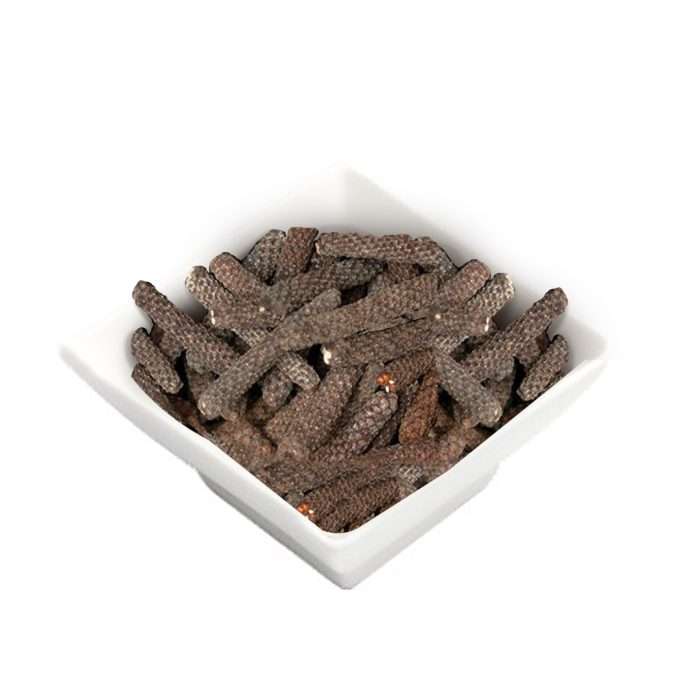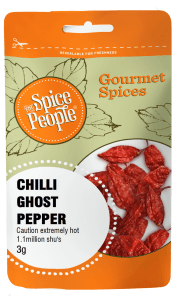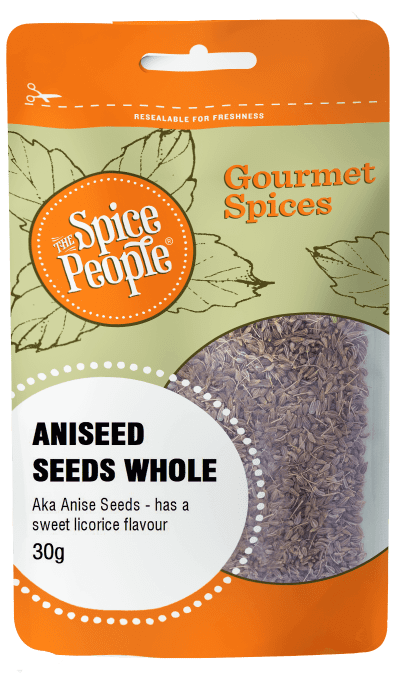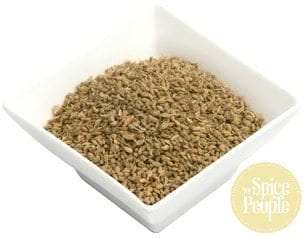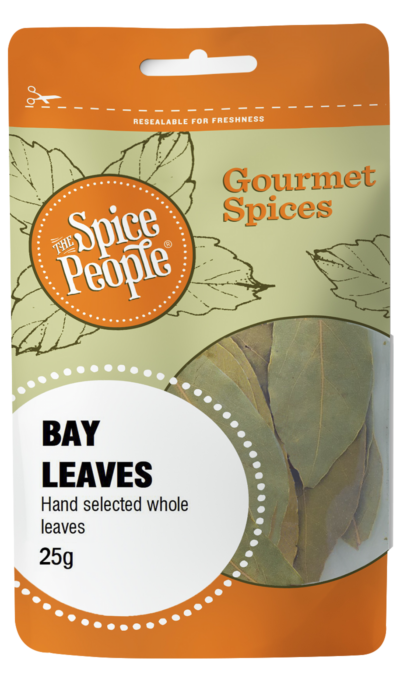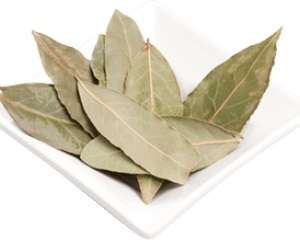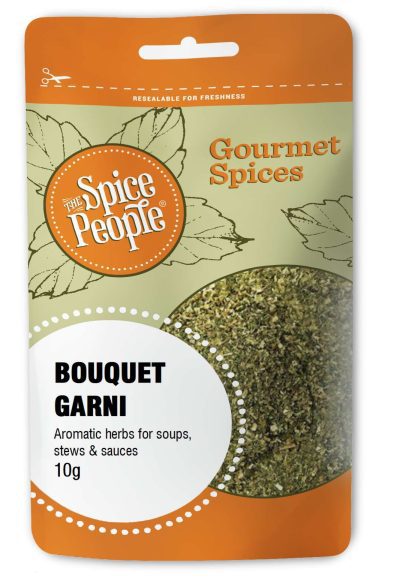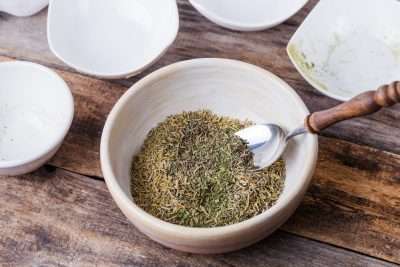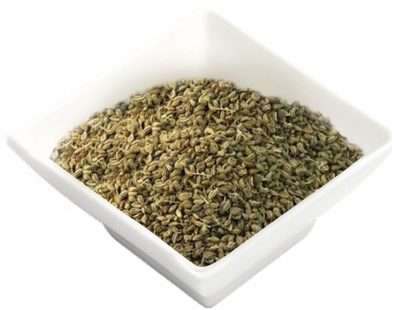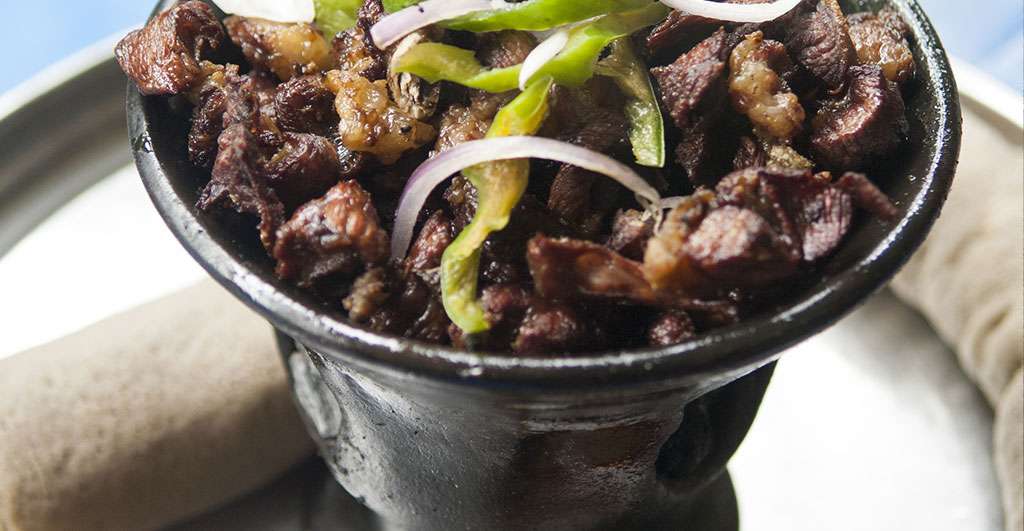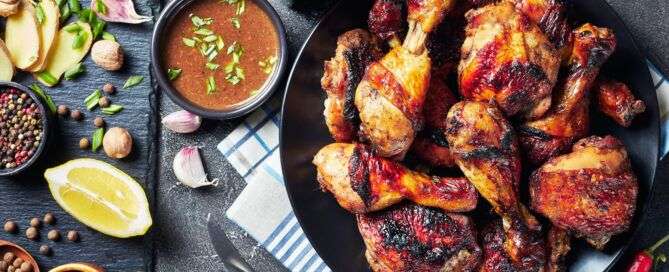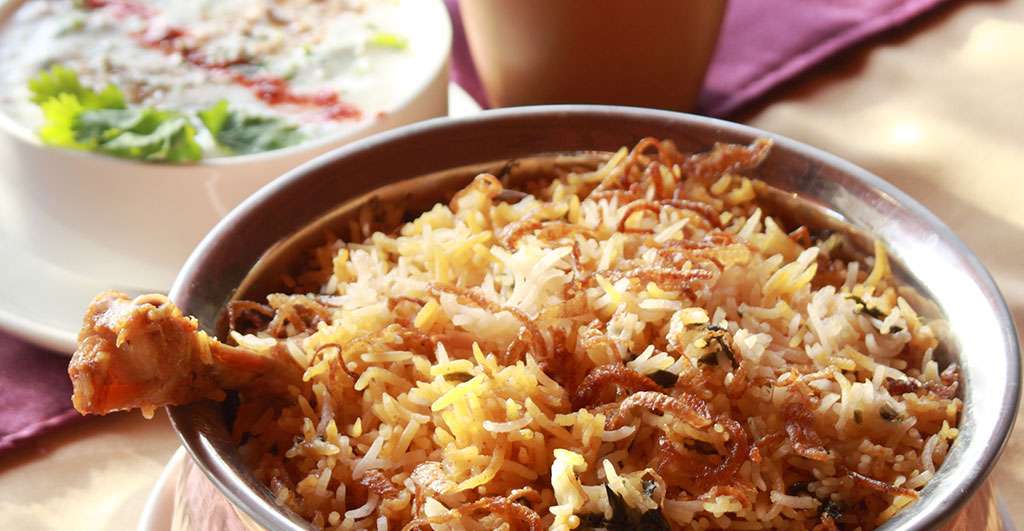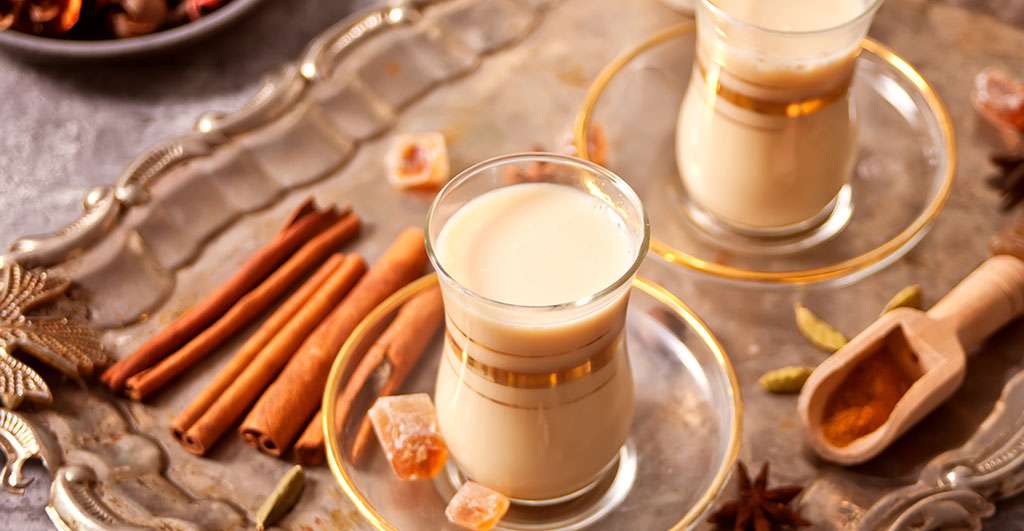Ghost Chilli Peppers – Caution, Extremely Hot Chillies – 3g
Out of stock
Product description
CAUTION WORLD’S NO #3 HOTTEST PEPPER The ghost pepper, also known as bhut jolokia, is extremely hot. The ghost pepper measures a whopping 1,041,427 SHU! In the world of peppers, this hotness is measured based on the Scoville scale. The more Scoville heat units (SHU) that pepper has, the spicier it is. For example, the bell pepper has zero SHU, while jalapeño and chipotle peppers measure 10,000 SHU each.
Flavour Notes:
Also known as Bhut Jolokia, the Ghost Pepper is rated one of the hottest chillies in the world coming in at number 3 and is up to 5 times hotter than the habanero pepper with scoville heat rating of more than 1 million. A hybrid pepper from india’s northeast, the ghost pepper’s capsaicin content is so high that farmers are known to use them to keep wild elephants away from their crops, so be sure to handle with care and wear gloves when preparing. To create this unique and special chilli powder, we harvest the peppers at peak ripeness, dry to enhance flavour and heat and grind into a fine powder for easy use.
Culinary Notes:
While extremely hot, Ghost Chillies can also add immense flavour to a range of different dishes. To balance out the heat and enhance the flavour, combine with other flavours of sweet, sour and savoury for dishes like curries, stews, slow-cooks, salsas and marinades. Mix with lime juice, garlic, a pinch of sugar and olive oil for a simple marinade for chicken, beef or seafood. Or add a small pinch to a Mexican mole with dark chocolate for a rich, decadent sauce for enchiladas or just spooned over roasted meats. Due to their extreme heat, add the chillies into dishes in very small increments at a time and taste as you go.
Health Benefits:
All chillies, including Ghost Chillies, contain capsaicin which is well-known for its myriad of health benefits including boosting the immune system, reducing inflammation in the body and aiding in weight-loss by helping to speed up the metabolism. It also is known to help with arthritis, cardiovascular disease, gastric ulcers, vascular headaches, infections and respiratory conditions like bronchitis and the common cough. As Ghost Peppers have an extremely high Scoville rating, it’s a good idea to eat in smaller amounts, especially if your stomach is less familiar with chillies, as high levels can cause gut inflammation.
Ingredients:
100% dried Ghost Chillies
Country of Origin:
India
Other Names or Spelling:
bhut jolokia, ghost jolokia
How to use
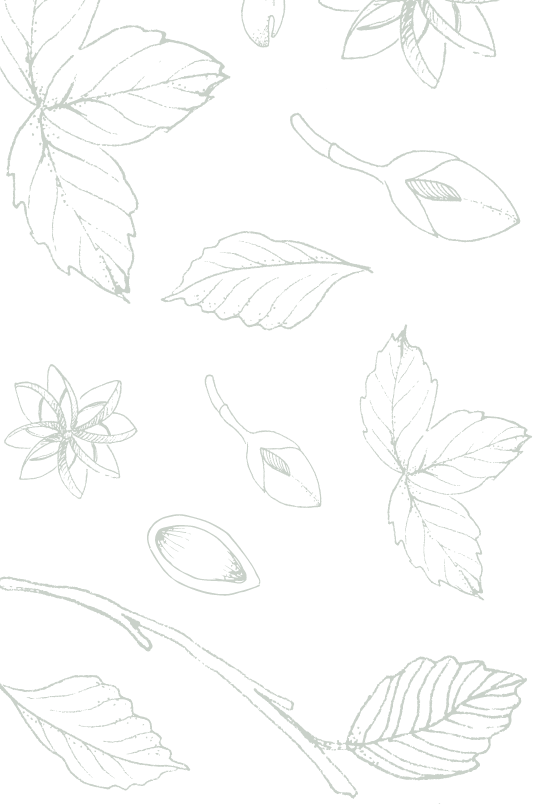


The Spice People FAQs





The Spice People FAQs
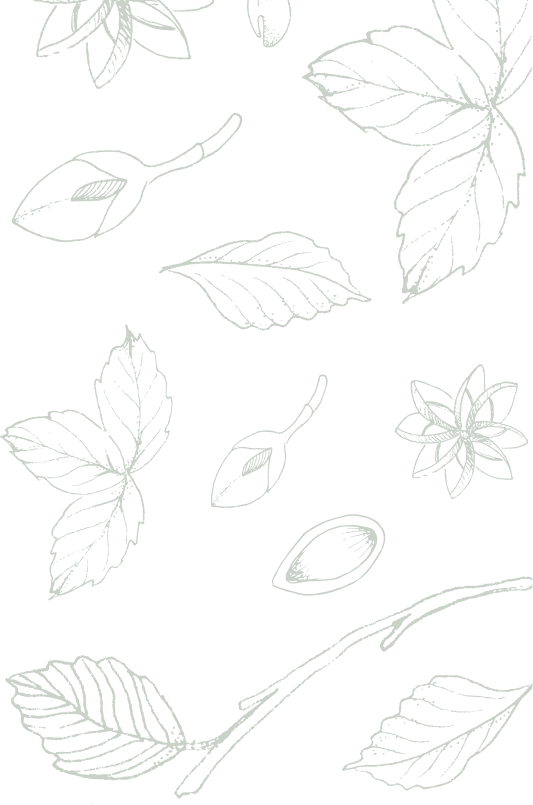

Other Spices you may like
Featured in






Join the Spice People to Get Started on Your Culinary Spice Journey!
Be the first to hear about our exclusive promotions, new product releases, recipes and more.

